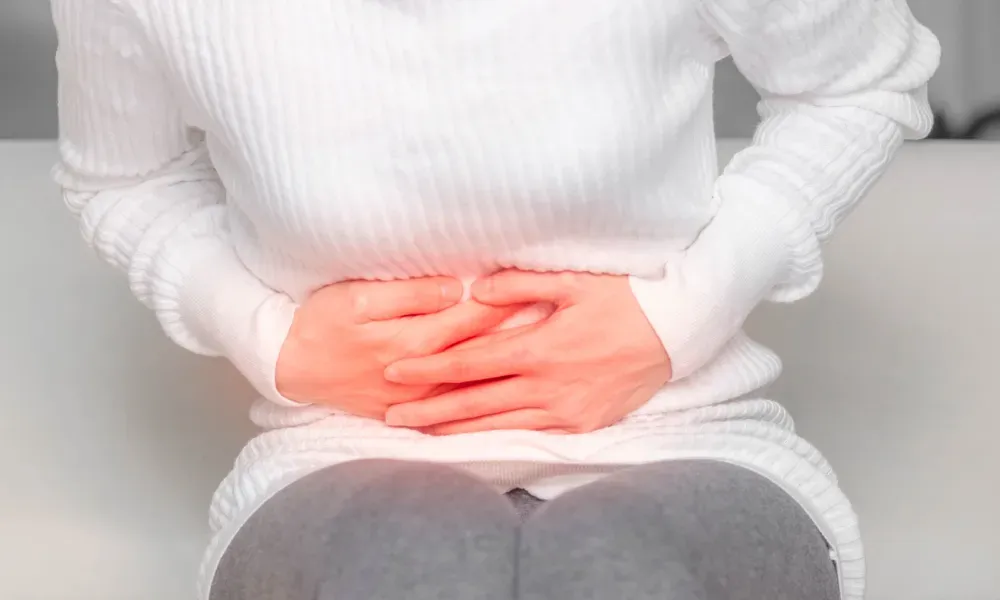Experiencing abdominal pain after eating can be unsettling and may raise concerns about underlying health issues. While occasional discomfort may be linked to overeating or consuming certain foods, persistent or recurring pain after meals may signal a deeper problem within the digestive system. Understanding what might be causing this discomfort can help individuals seek timely care and manage their symptoms more effectively. This article explores the possible diagnoses for stomach pain after meals and when it might be time to consult a doctor.
Indigestion (Dyspepsia)
One of the most common causes of post-meal abdominal discomfort is indigestion. Often described as a feeling of fullness, bloating, or discomfort in the upper abdomen, indigestion may occur shortly after eating. Triggers can include eating too quickly, consuming fatty or spicy foods, and drinking carbonated beverages.
In many cases, indigestion is mild and temporary. However, when it occurs frequently or is accompanied by other symptoms like nausea or belching, it may indicate an underlying condition such as gastritis or acid reflux.
Gastritis or Peptic Ulcers
Inflammation of the stomach lining, known as gastritis, or sores in the stomach or duodenum called peptic ulcers, can cause abdominal pain after meals. Gastritis pain often presents as a burning sensation in the upper abdomen and may worsen after eating.
Similarly, peptic ulcers may cause a gnawing or burning pain that can appear a few hours after a meal, particularly if the stomach is empty. Both conditions may be caused by Helicobacter pylori infection, frequent use of NSAIDs, or excessive alcohol consumption.
Gallbladder Disease
The gallbladder plays a role in digesting fat by releasing bile into the small intestine. When gallstones form or the gallbladder becomes inflamed (cholecystitis), pain can arise after eating fatty meals.
This type of abdominal pain is typically located in the right upper quadrant and may radiate to the back or right shoulder. It often comes on suddenly and may be severe, lasting from a few minutes to several hours. In some cases, nausea and vomiting accompany the pain.
Irritable Bowel Syndrome (IBS)
IBS is a functional gastrointestinal disorder that affects how the muscles in the gut contract. It often leads to symptoms such as cramping, bloating, and changes in bowel habits. For people with IBS, eating can trigger abdominal pain, especially when meals are large or high in fat or fiber.
Unlike some other causes, IBS-related pain is often relieved by passing gas or having a bowel movement. While IBS doesn’t cause damage to the intestines, it can significantly affect quality of life and often requires dietary and lifestyle modifications to manage.
Lactose Intolerance and Food Sensitivities
Some individuals may develop abdominal pain after meals due to food intolerances, such as lactose intolerance. This occurs when the body lacks the enzyme lactase, which is needed to digest lactose in dairy products.
After consuming milk, cheese, or yogurt, people with lactose intolerance may experience bloating, gas, diarrhea, and cramping. Other food sensitivities, including reactions to gluten or artificial additives, can also result in post-meal discomfort.
Pancreatitis
Pancreatitis, or inflammation of the pancreas, is another condition that can cause abdominal pain after meals. Pain usually starts in the upper abdomen and can radiate to the back. It often gets worse after eating, especially when consuming high-fat foods.
In acute pancreatitis, the pain is sudden and intense, while chronic pancreatitis may cause more persistent discomfort along with weight loss and greasy stools. Pancreatitis requires prompt medical attention and can become life-threatening if not treated.
Gastroesophageal Reflux Disease (GERD)
GERD occurs when stomach acid flows back into the esophagus, causing irritation and discomfort. While it is commonly associated with heartburn, it can also present as upper abdominal pain after eating.
Symptoms may be aggravated by lying down soon after meals or by eating acidic, spicy, or fatty foods. Over time, untreated GERD can lead to complications such as esophageal ulcers or narrowing of the esophagus.
Celiac Disease
Celiac disease is an autoimmune disorder in which the ingestion of gluten triggers an immune response that damages the lining of the small intestine. This impairs nutrient absorption and causes symptoms such as abdominal pain, bloating, diarrhea, and fatigue. Pain often occurs after consuming foods containing wheat, barley, or rye. Managing celiac disease requires strict adherence to a gluten-free diet.
When to See a Doctor
Not all abdominal pain after meals is cause for concern, but persistent, severe, or worsening symptoms should not be ignored. If the pain is accompanied by weight loss, fever, vomiting, blood in stools, or jaundice, it is important to seek medical evaluation promptly. These could be signs of a more serious condition that requires treatment.
Conclusion
Abdominal pain after eating can stem from a wide range of causes, from simple indigestion to more serious gastrointestinal conditions. Understanding the nature, timing, and associated symptoms of the pain can provide important clues about its origin. If you’re experiencing recurrent abdominal pain after meals, consulting a healthcare provider can lead to early diagnosis, proper management, and improved quality of life.

